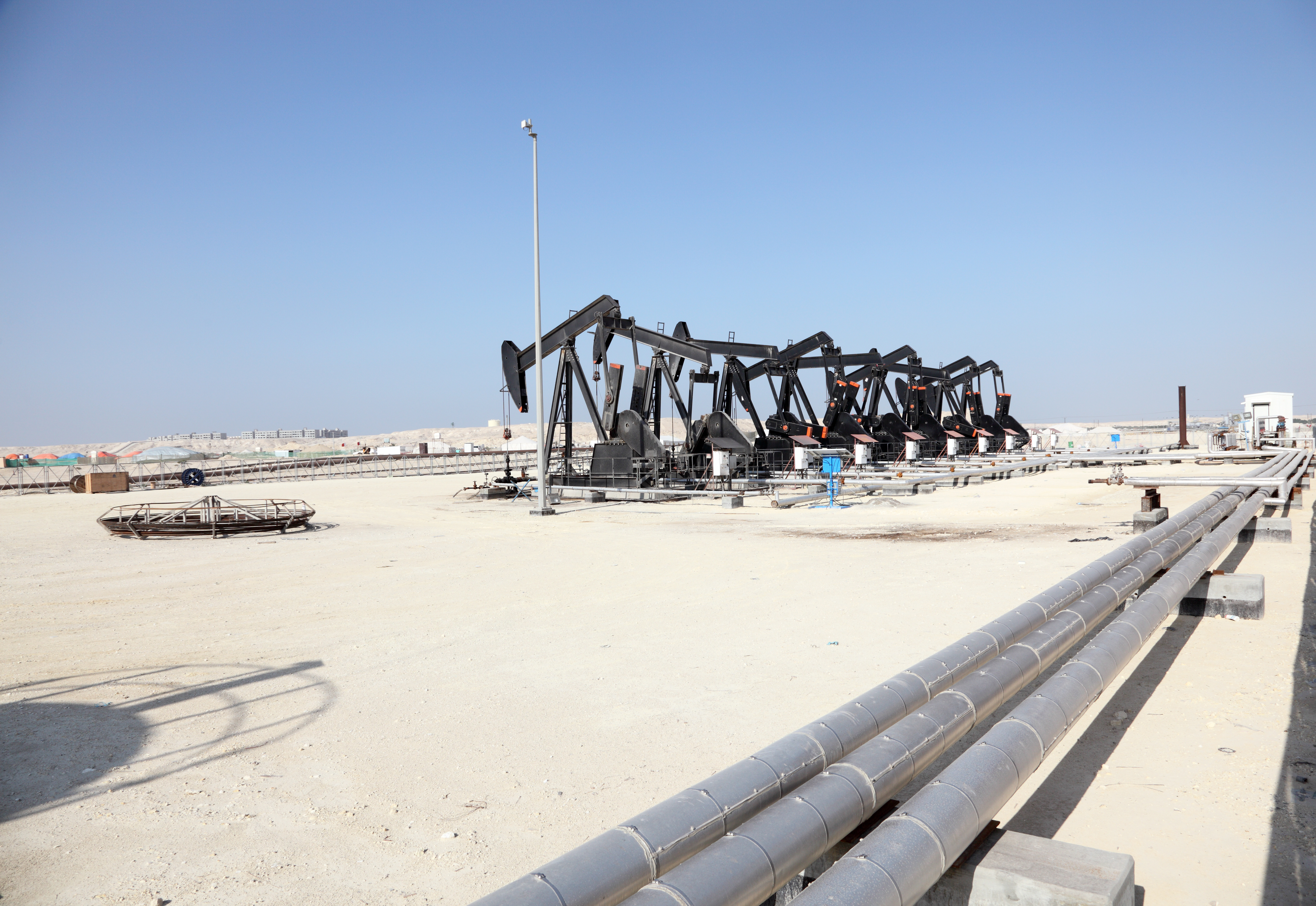
Lots of articles lately describing what is going on in the oil market. If you are a consumer, the news is rather good. If you are a part of OPEC, the news is quite grim. If you are a U.S. producer, there is a lot of opportunity.
5/17/17 – Daniel Yergin at Wall Street Journal – The Struggle Behind Oil’s Ups and Downs – Another must read, but then anything Mr. Yergin writes is in that category.
Here is my feeble try at a summary:
Mr. Yergin sees two forces at play in the oil market.
First is the pressure to balance supply and demand. US shale producers increased production a lot in 2014 which created an imbalance in the supply, which pushed prices down. Instead of dropping production to maintain prices, Saudi Arabia increased production, which further oversupplied the market and caused prices to collapse.
When prices dropped further than expected, the Saudis worked out a deal to cut production last November. That brought prices up.
In turn, that motivated shale producers to increase drilling, which is increasing US production, which will put more US shale oil on the market than expected, which will put substantial downward pressure on prices later this year.
Second is the recalibration of technology and internal pricing to reduce the cost of production. The innovation and efficiency gains in the last two years are remarkable.
Mr. Yergin says a well that may have cost $14M to drill in 2014 can now be drilled for $7M. From another direction, he says that every dollar invested in drilling now will produce 2.5 times more oil than three years ago.
Picture the productivity gains:
- 2014 – X units x $100 = $100X
- 2017 – 2.5X x $50 = $125X
If that simple relationship is correct, each dollar spent drilling today will produce 25% more top line revenue, even with the drop in price by half.
New shale wells can be profitable in the $40 to $50 range. Other types of production are seeing drops in cost. Article says Canadian tar sands and one North Sea project are seeing comparable cost drops.
That recalibration of costs will lead to more oil being produced.
Those two factors will continue to interact with each other.
One major unknown is how much those costs will start to rise as drilling activity picks up. The cost savings from heavy discounting due to idle equipment, reduced headcounts, and hungry vendors may go away to some degree. Article says there is already tightening supply constraints appearing in Permian Basin. Mr. Yergin thinks there could be cost increases in the range of 15% up to 20% in Permian this year.
One possible conclusion from all of that…
5/17/17 – Pascal-Emmanuel Gobry at The Week – OPEC is dead – Author points out three particular authoritarian countries who desperately want to push oil prices up are in financial crisis: Russia, Saudi Arabia, and Venezuela.
They, along with the rest of OPEC, can no longer control oil prices because they don’t have a lock on production. The U.S. now produces as much oil as Saudi Arabia.
Connecting the dots in the article, fracking has broken OPEC.
The very nature of fracking changes the oil market. A fracked well can be on-line with a fraction of the time of a conventional play, in smaller incremental sizes, and can be drilled or kept on the shelf depending on prices over the next several months. That means drillers of shale are far more nimble that those working with conventional oil.
Oh, and the price to produce shale oil has dropped rapidly.
Author’s conclusion, which I’ll quote:
OPEC is a dead cartel walking. Nothing can save it from the massive structural change in the world’s energy mix.
“Dead cartel walking.” Wow.
What does disruption in market and recalibration of costs look like?
5/15/17 – Andrew Follett at Daily Caller – OPEC lost $76 Billion Last Year Due to US Fracking – Headline is based on an EIA report estimating total OPEC income. Calculation is:
- $509B – income from oil exporting for OPEC members in 2015
- $433B – exporting income for OPEC in 2014
- $76B – drop in 2015, courtesy primarily of US shale oil frackers
- 14.9% – drop in 2015
5/18/17 – The Million Dollar Way –The Energy and Market Page, T+118 – The Saudi Arabia deficit for full year 2017 is reported (by the Saudis) to be:
- $237B – budget
- $184B – actual revenue
- $53B – deficit
- 22% – deficit in revenue as percentage of budgeted revenue
And it won’t get better for OPEC+Russia…
5/19/17 – Bloomberg – U.S. Shale Roars Back at OPEC – Previously mentioned that OPEC is forecasting a 0.95M bopd increase in US production by end of 2017. The Bloomberg article cites five different analyst groups who have again increased their estimate of how much US production will increase by end of the year. The previous estimates aren’t quite as high at the 0.95M OPEC amount, but the new estimates are in that range or higher. The lowest estimate of the five is estimating growth from 12/16 to 12/17 of just over 0.8M bopd with the high estimate of a 1.4M bopd increase.
A large increase is probably going to happen. Looks to me (with my simplistic and uneducated view of economics) like OPEC can do one of two things.
First, they can resume production, in which case the increased US production will push down prices and further slash income of OPEC+Russia. Or they can maintain the cuts or even cut production further and see prices stay the same and their market share will drop, which means their top-line revenue will drop.
Article says some spots in Permian Basin are profitable for new drilling at $34.